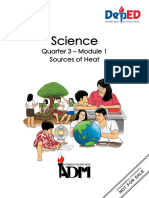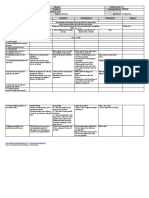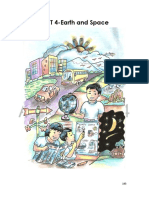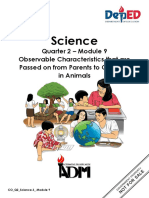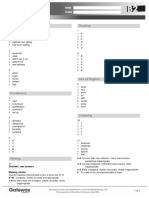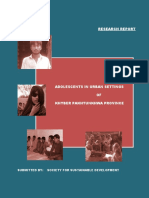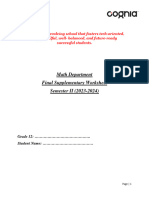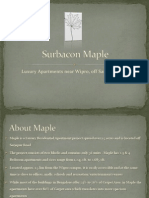0% found this document useful (0 votes)
4K views24 pagesScience3 q4 Mod2 Weather - Version-2
Uploaded by
lencie35Copyright
© © All Rights Reserved
We take content rights seriously. If you suspect this is your content, claim it here.
Available Formats
Download as DOCX, PDF, TXT or read online on Scribd
0% found this document useful (0 votes)
4K views24 pagesScience3 q4 Mod2 Weather - Version-2
Uploaded by
lencie35Copyright
© © All Rights Reserved
We take content rights seriously. If you suspect this is your content, claim it here.
Available Formats
Download as DOCX, PDF, TXT or read online on Scribd
/ 24











